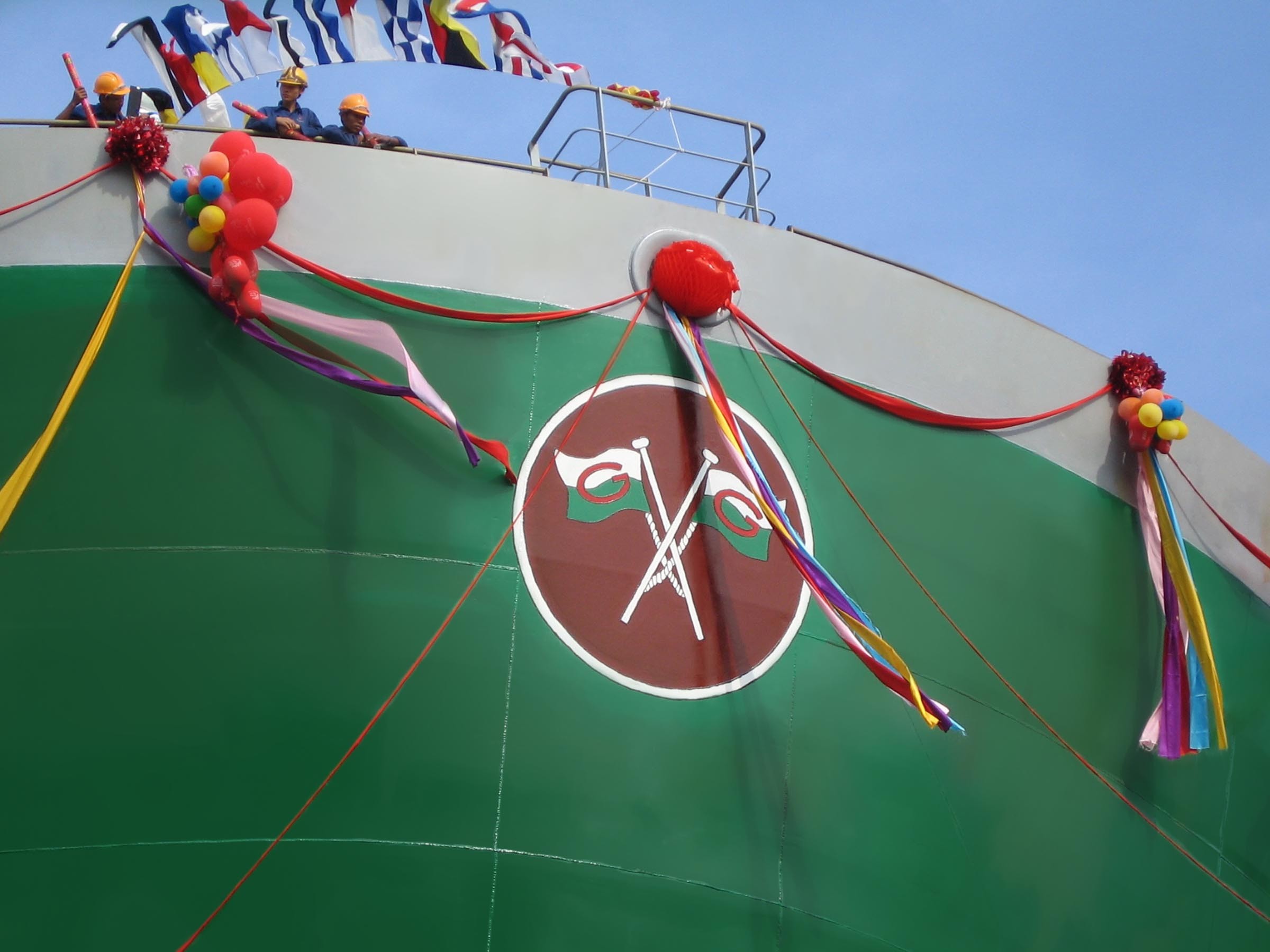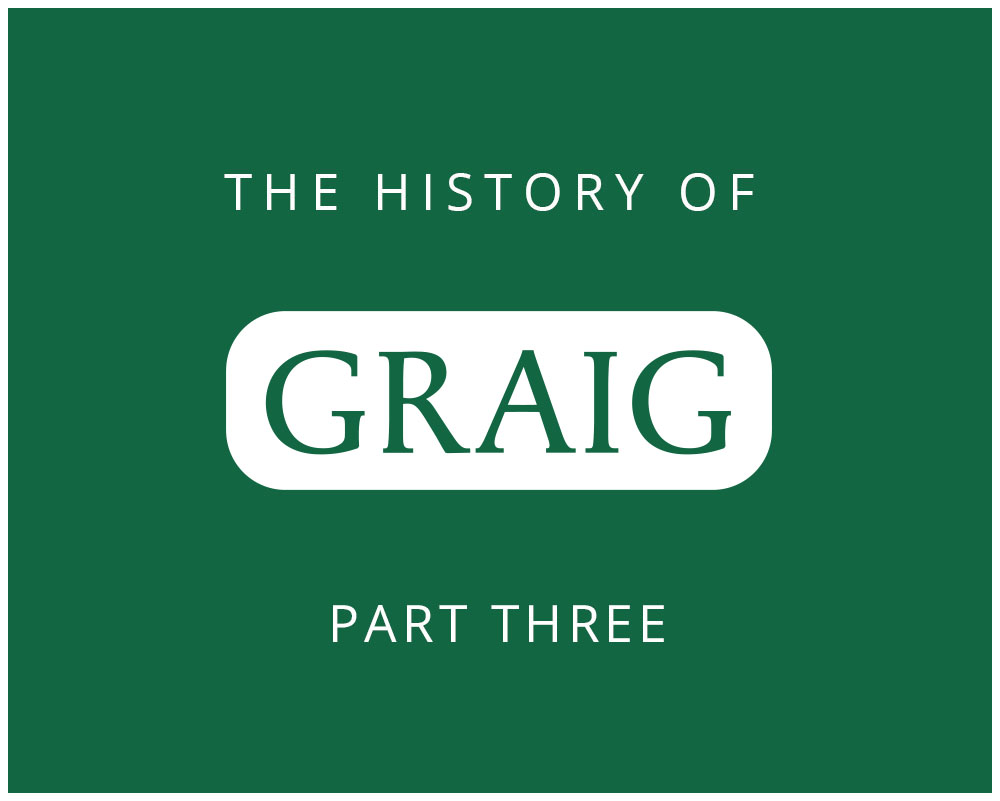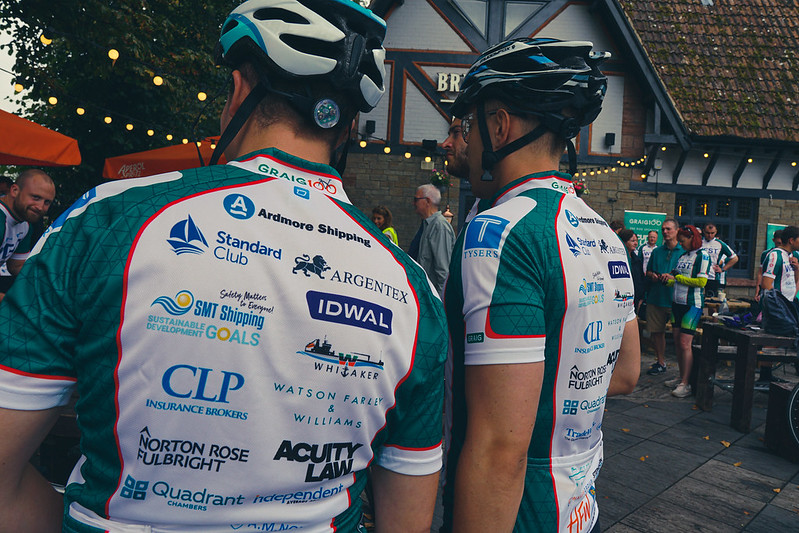Destruction and Reconstruction
Following the end of the Second World War in August 1945, the board of directors of the Graig Shipping Co. Ltd was strengthened on 22 October that year with the addition of George Williams’s son, John Frederick Williams, and Idwal Williams’s two sons, Dillwyn Spencer Williams and Desmond Idwal Williams. Thus reinforced with a generation of younger directors, the company looked forward with confidence to reconstruction after the difficult years of the war – but fate had a cruel trick in hand. On the night of 17 March 1946 the company’s office in Merthyr House on James Street in Cardiff’s dockland was completely gutted by fire; the registered office had been moved there from Imperial Buildings in nearby Mountstuart Square just two years previously. All the records created since the establishment of the company back in 1919 were destroyed and the process of restoring the company’s administration was a long and painful one, particularly as the shareholders’ register was lost in the conflagration. A number of other prominent Cardiff shipping companies with offices in the building, including Reardon Smith Line and the South American Saint Line, also suffered similar serious documentary losses. New offices for Graig Shipping were found in early April in two small spare rooms on the top floor of the imposing National Provincial Bank building at 113-116 Bute Street, chiefly occupied at that time by the Atlantic Shipping and Trading Co. Ltd. (W.J. Tatem and Co.). The latter company moved its centre of operations to London in 1960 and Graig Shipping thereafter gradually expanded into most of the space on the floor. It would remain there until April 2005 when it moved to its present office in Caspian Point in the regenerated Cardiff Bay.
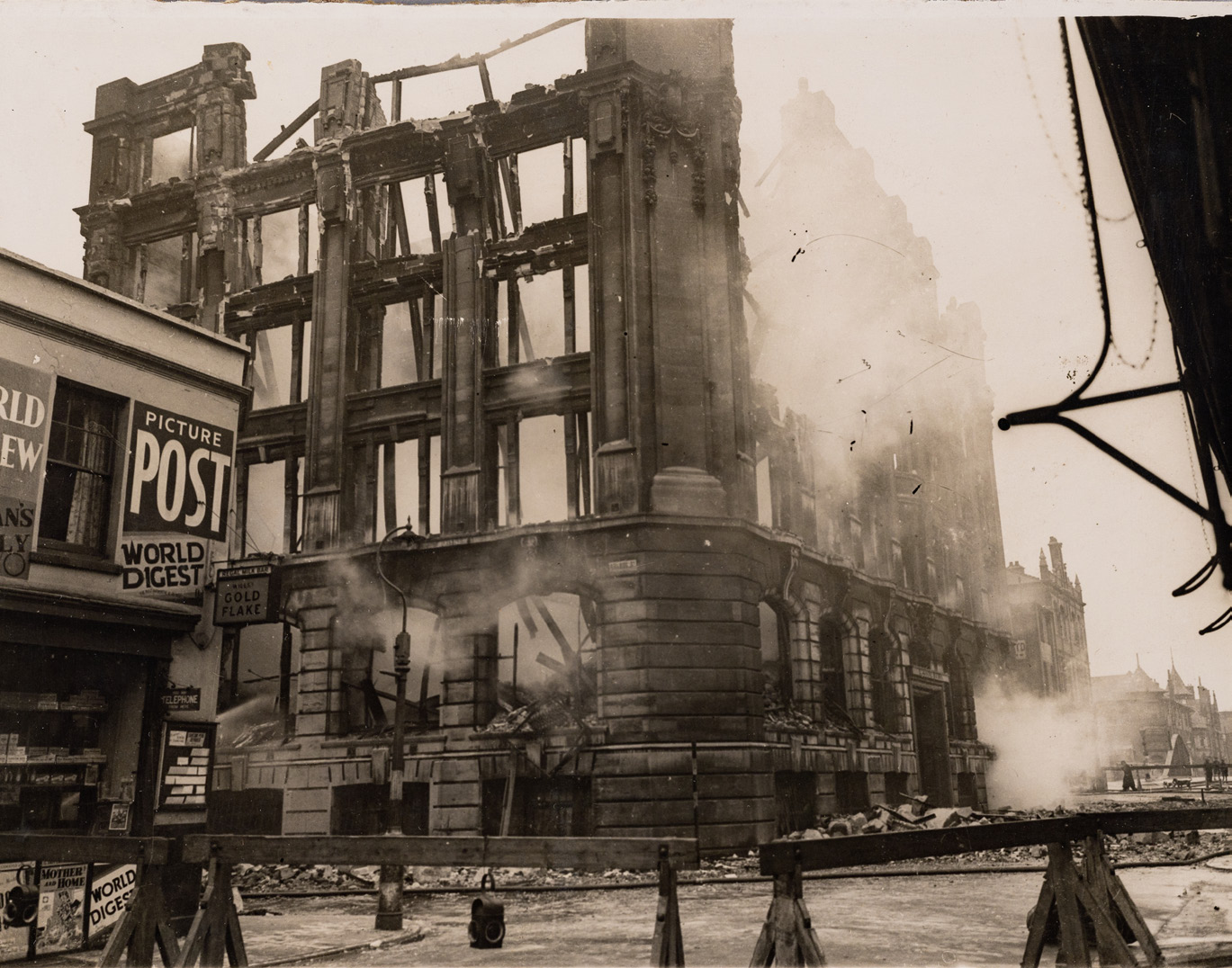
The aftermath of the fire at Merthyr House in March 1946.
As Graig Shipping re-established itself in its new offices, John Frederick Williams, Dillwyn Spencer Williams and Desmond Idwal Williams were also appointed directors of the management company, Idwal Williams and Co., on 26 July, 1946. Just two months later, however, this company lost its chairman with the death of George Edgar Williams, aged seventy, on 15 September 1946. He was immediately succeeded by Idwal Williams, by then the sole survivor from the original board. Shortly afterwards two further additions were made to the board of Graig Shipping, with the appointment of Colum Tudball as a director and Daniel Richards as company secretary; both had accompanied Idwal Williams when he moved from Furness Withy’s Cardiff office to establish Graig Shipping back in 1919.
With the experience of the post-First World War boom and bust in the local shipping industry fresh in their collective memory, ‘caution’ was the watchword foremost in the minds of most of Cardiff’s shipping company directors in the late 1940s. Shipping was largely freed from government control by 1946 and there was a strictly controlled sale of standard merchant tonnage built during the war to replace war losses. At the beginning of 1946, Graig Shipping owned just one ship, the Graiglas of 1940, whilst managing four others, the Ocean Vulcan, the Fort Chipewyan, the Empire Foam and the Empire Mariott. In order to facilitate the reconstruction of the Graig fleet, a new share issue was made in January 1946 to bring the company back to its original issued capital of £100,000. Armed with this new capital, Graig Shipping embarked upon the purchase of three UK-built standard Empire-type cargo steamships. The first two to be acquired in February 1946 were the 1941-built pair Empire Foam and Empire Mariott; both were already managed by Idwal Williams and were respectively re-named Graigaur and Graigddu. A third acquisition, the Empire Copperfield, built in 1943, was acquired in May 1946 to become the second Graigwen. Also added to the fleet at that time, but on a two-year government bareboat charter, was the Canadian-built Fort Covington of 1943. The charters of the other two managed vessels concluded shortly afterwards; that of the Fort Chipewyan ended in September 1947, whilst that of the Ocean Vulcan came to an end in February the following year.
In marked contrast to the two decades of depressed freight rates that followed the First World War, the decade 1946-1956 was, in general, a remunerative decade for UK shipowners, partly as a result of conflicts in Malaya and the Korean War. The Marshall plan - the United States’ aid package to rebuild war-torn Europe - also generated a healthy demand for tonnage to ship materials across the Atlantic at that time. However, the foreign coal export trade from Cardiff was all but finished, with exports from the port in the late 1940s barely exceeding a million tons per annum. As a result, Graig’s ships - in common with those of most British tramp owners - became increasingly rare visitors to south Wales ports in post-war years.
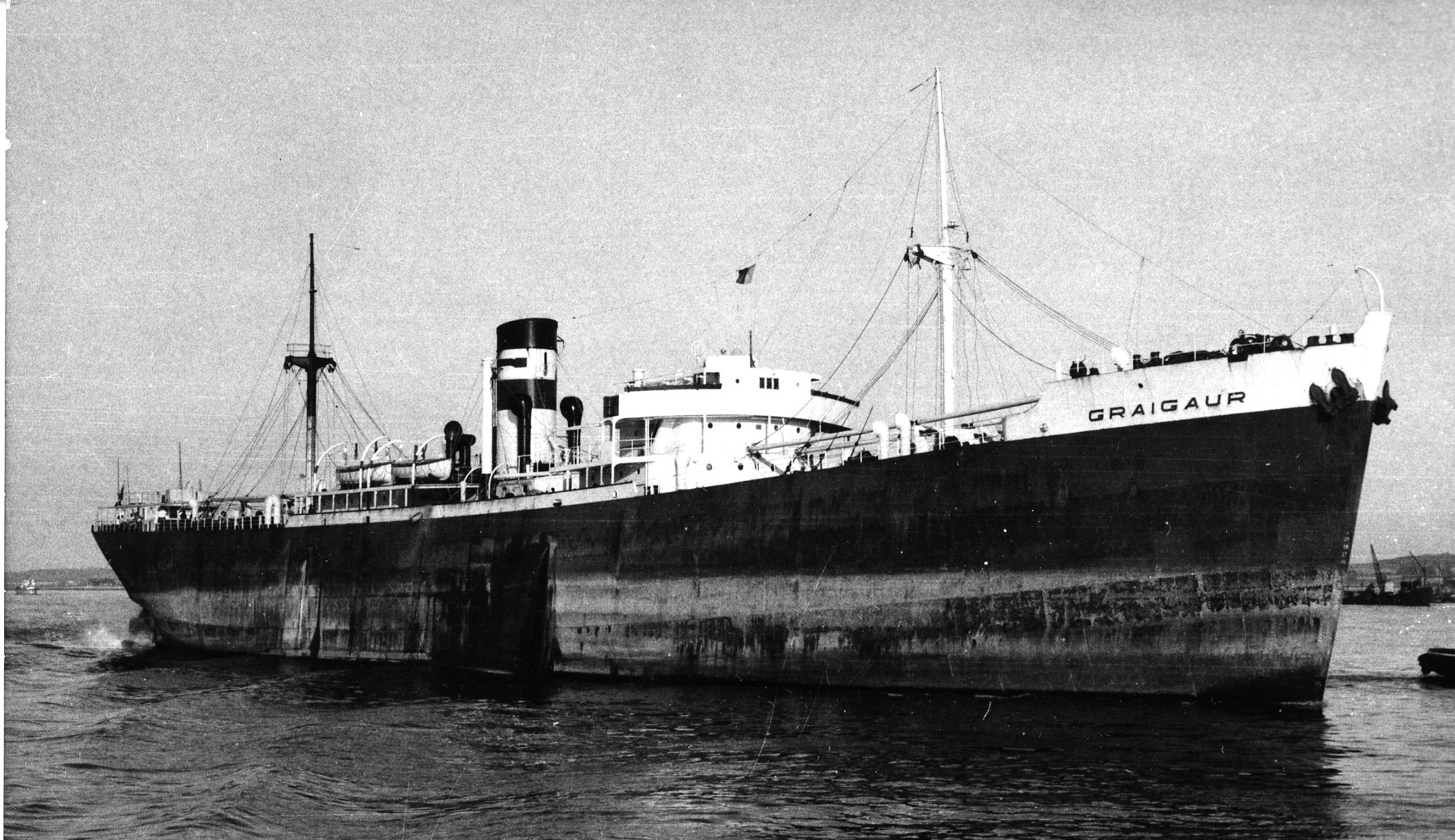
The war-built Graigaur, acquired in 1946. [World Ship Society Ltd.]
On 7 May 1948, the managing partnership of Idwal Williams and Co. was converted into a limited liability company, Idwal Williams and Co. Ltd., with a nominal capital of £9,000. In that year too, the bareboat charter of the Fort Covington was renewed for a further two years; she was eventually transferred to London owners in February 1950. In her place, in March the following year, Graig Shipping bought the 1943-built steamship Kingsborough from P.D. Hendry and Sons of Glasgow; she was renamed Graiglwyd. By the end of 1951 therefore, Graig Shipping was operating five wartime-built steamships, all of which had been converted to burn oil rather than coal. A further development in May that year was the opening of a London office by the company at Cullum House, Lime Street, in the City, headed by Desmond Williams, Idwal Williams’s younger son. The opening of this office gave Graig Shipping an enhanced presence on the Baltic Exchange, a vital development which reflected the fact that the company’s ships were engaged increasingly in the world-wide tramping trades.
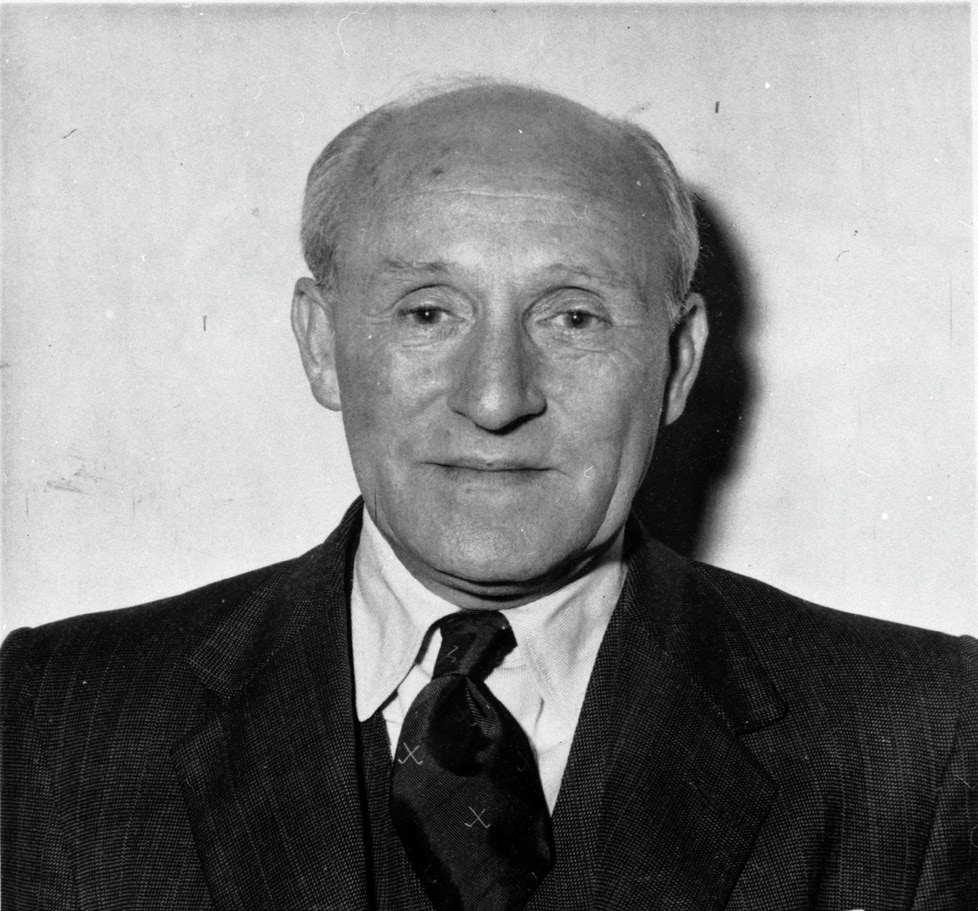
Colum Tudball, managing director of Graig Shipping from 1946
The trading patterns of Graig’s vessels in the 1950s bear little comparison with those pursued by the Graig (2) and the Graigwen before the Second World War. Grain from the ports of the River Plate remained important, but where once it had predominated, this was only one amongst many world-wide tramping trades in which the vessels owned post-1945 participated. Grain from Australia, lumber from the Pacific coast of north America, sugar from Fiji, cotton from US Gulf ports, phosphates from Tunisia and nitrates from Chile were typical of the cargoes carried by Graig vessels to international destinations at that time. The opening of the St Lawrence Seaway in 1959 brought Graig vessels to the Great Lakes. And the company’s later motor vessels also saw periods of service on charter to prominent British cargo liner companies, with both the Graig (3) and the Glynafon chartered to Elder Dempster Line of Liverpool for various periods on their services from West Africa in 1958-60. Though the fleet was never more than six strong throughout this decade, the company’s distinctive funnel markings, a red ‘G’ on a green and white background, set above green hulls, could be seen in ports across the world.
Graig’s first motor ships
Graig Shipping took a major step forward in 1952 with the purchase of the Basra Steam Shipping Co. Ltd, a company established in 1945 which marked a brief return to shipowning by the London shipbrokers Galbraith, Pembroke and Co. The significance of the purchase lay in the fact that Basra (despite its name!) owned two motor ships (which would become Graig’s first), the 5,827 gross ton German-built oil tanker Repton which dated from 1929 and the recently-completed (1951) motor tramp Sherborne of 4,986 gross tons. A sister vessel to the Sherborne was also acquired in the deal; at the time she was still under construction at Lithgow’s Port Glasgow yard. The purchase was noted in the business section of the Daily Express of 15 January 1952.
‘Stocky Mr. Idwal Williams, the 66-year old Cardiff shipowner, caught the 10am train to London yesterday to round off the City’s latest shipping deal, said to involve nearly £1,500,000. His Graig Shipping company has bought the Basra Steam Shipping business, which owns a 22-year old tanker, a new 9,000 ton tramp and another 9,000 tonner nearly finished building.’
Graig Shipping had no interest whatsoever in continuing to operate the tanker Repton, which at the time of purchase was passing through the Suez Canal with a full cargo of crude oil bound from Mena al Ahmadi to Stanlow. Having discharged her cargo she came round to Swansea, arriving there on 11 February 1952. She was immediately offered for sale and was soon disposed of to Palermo-based Italian owners, sailing from Swansea under her new owners as Alcantara on 20 March. The Sherborne became the third Graig, whilst the newbuilding was launched as Glynafon by Mrs. Cissie (Idwal) Williams on 26 September 1952, entering service the following March. Glynafon was also the new name given to the Basra company under Graig ownership – the Glynafon Shipping Co. Ltd. – and the new Glynafon was registered in the latter company’s ownership. Part funding of the purchase of the Basra company and its assets came from the sale of the Graigddu, sold to Indian owners on 22 February 1952, and the Graiglas, sold to Hong Kong owners on 25 March the same year.
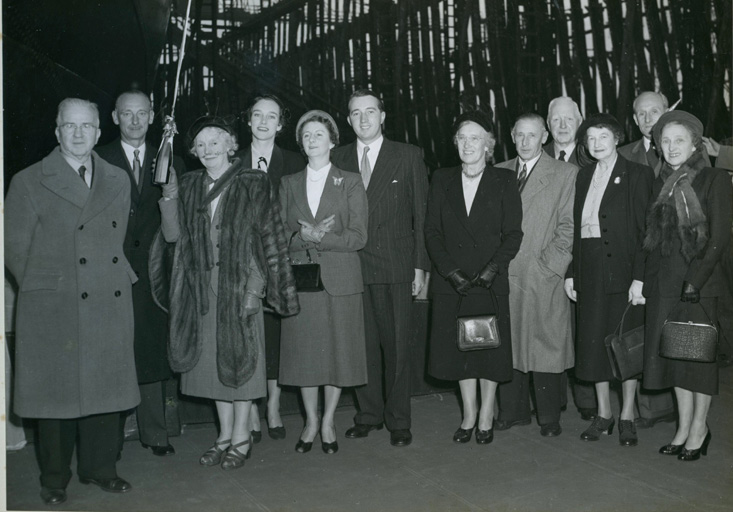
Launch party for Graig’s motor ship Glynafon at Lithgow’s yard in September 1952. Left to right: Idwal Williams, John F. Williams, Mrs. Idwal Williams who launched the ship, the future Anne Williams, Mrs John F. Williams, Desmond Williams,Mrs Bert Beynon, Bert Beynon, Mr and Mrs George Thomas, Mr and Mrs Colum Tudball.
In 1955 the company’s finance director and secretary, Daniel Richards, was appointed a director of Graig Shipping and his position as company secretary was taken by Keith Gowen, who had joined the firm in 1946. Shortly afterwards Desmond Williams returned from London to the Cardiff office and was appointed deputy chairman of both Idwal Williams and Co. Ltd and the Graig Shipping Co. Ltd.
Graig Shipping nearly suffered a marine loss early in the morning of 26 August 1955 when, in hazy weather, the Graigaur ran aground on Barra Head whilst passing through the Minches; she was outward bound in ballast from Liverpool at the time, bound for Archangel to load timber. The rock had ripped through the forepeak and numbers 1 and 2 double bottoms. By pumping out her ballast tanks she was able to float off at high tide and she was then beached at nearby Vatersay Bay, thus avoiding an expensive claim for salvage. A team headed by Desmond Williams flew up to Scotland and a week’s hard work saw the successful installation of concrete boxes in the holds, which enabled the vessel to float again. She then proceeded back to Liverpool on her tank tops, where she was dry-docked and repaired.
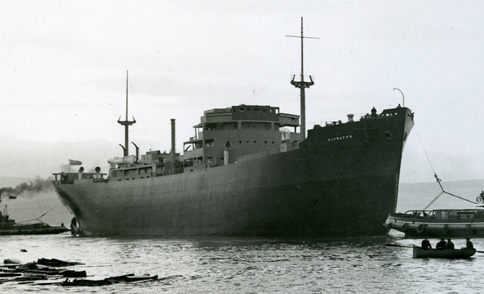 Glynafon immediately after her launch.
Glynafon immediately after her launch.
The refurbished Graigaur happened to be discharging in London docks in August 1956 shortly after the Egyptian President Nasser had declared the nationalisation of the Suez Canal. With crisis looming in the Middle East, the Graigaur was requisitioned by the Ministry of Defence to carry military supplies to Cyprus, but having been one of the first ships to be requisitioned, she was also one of the first to be released from requisition and was able to enjoy the benefits of the brief boom in freight rates that accompanied that autumn’s crisis, leading up to the abortive Anglo-French invasion in November that year.
The fleet was further modernised in April 1957 with the purchase of the Swiss-owned General Guisan, a 5,148 gross ton motor vessel built by Grays of West Hartlepool in 1948; she was renamed Graigfelen under Graig ownership. Part of the funding of her purchase was provided for by the sale of the Graigaur to London-Greek owners in the same month. A sale price of £500,000 was agreed, with half that sum being paid down and the remainder to be paid in quarterly instalments. However, in the spring of 1958, as a result of non-payment of the third instalment, Graig Shipping was obliged to arrest the vessel by radio at sea off Honolulu whilst she was on passage from the Gulf of Mexico to Japan with a cargo of wheat. Having arrested the ship, she continued on her voyage to Japan, where her cargo was discharged and she was re-sold to a Hong Kong-based shipping firm for £107,500 in July 1958.
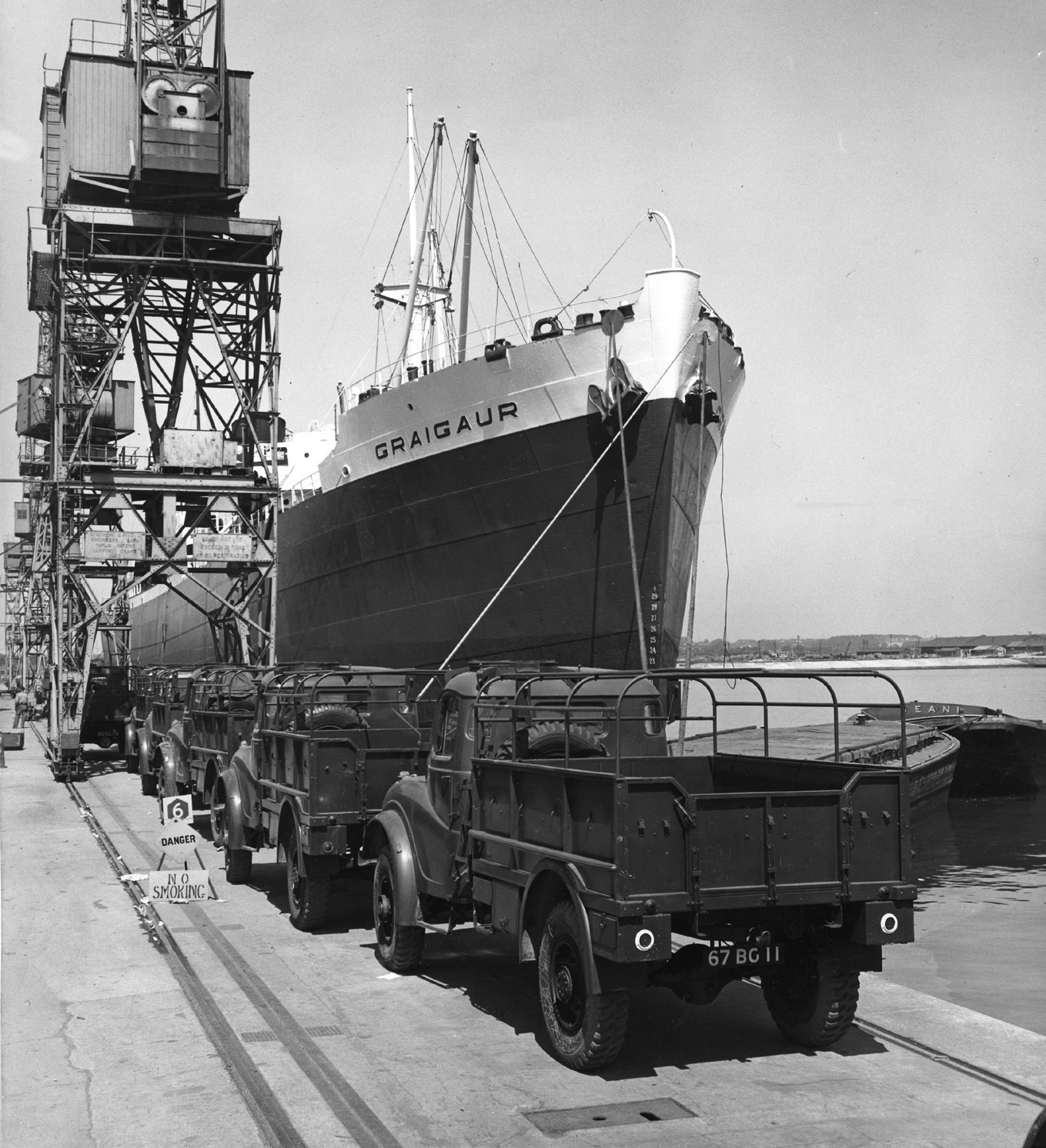
Graigaur loading military vehicles during the Suez crisis. [Fox Photos]
The much-decreased price which was obtained for the former Graigaur in July 1958 reflected a general collapse in freight rates and tonnage prices which was to prevail throughout the late 1950s and into the early 1960s. So bad was this depression that in 1958, Graig’s two remaining steamships were laid-up in the River Fal, the Graigwen in January and the Graiglwyd in August. Both vessels were put up for sale, with the Graigwen passing to owners in Bombay in May 1958, whilst the Graiglwyd was sold to Hong Kong owners in June 1959. This left Idwal Williams and Co. Ltd. managing three motor vessels – the Graig (3) and the Graigfelen owned by Graig Shipping and the Glynafon under the ownership of Glynafon Shipping. Some changes in the company’s management structure occurred in October 1961 when Idwal Williams’s elder son, Dillwyn Spencer Williams, retired from the boards of Idwal Williams and Graig Shipping due to ill-health; his place on the board of the latter company was taken early in 1962 by Peter Tudball, Colum Tudball’s son. With freight rates still at abysmal levels, the decision was taken reluctantly in the autumn of 1962 to lay-up the three motor vessels on the Fal, and the Graig (3) was sold to Hong Kong owners in June 1963.
